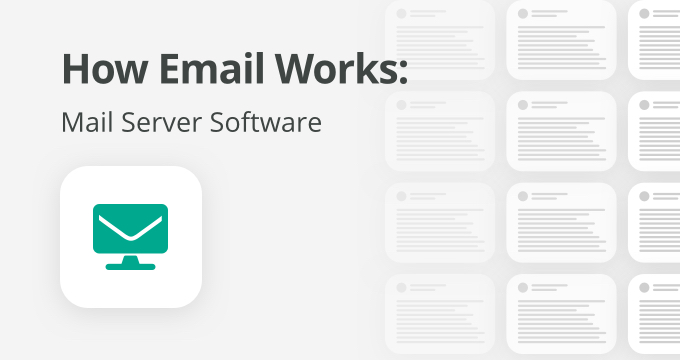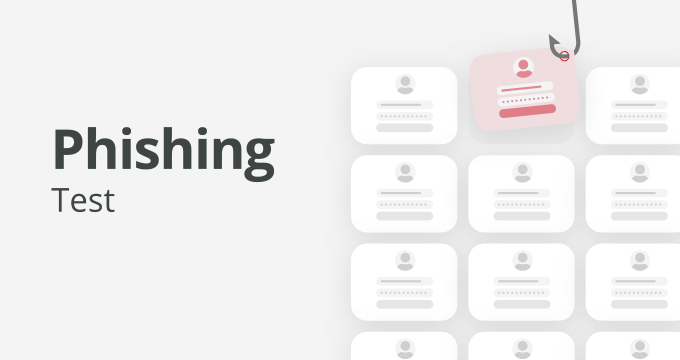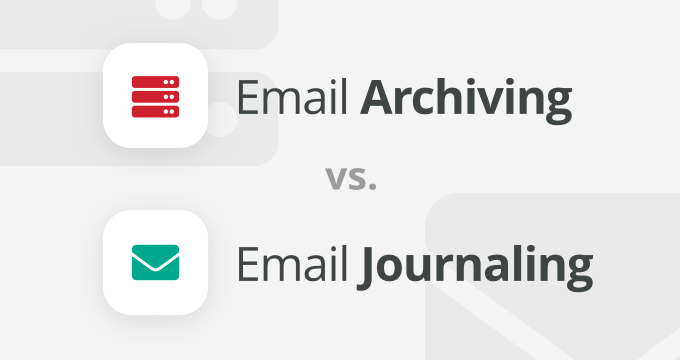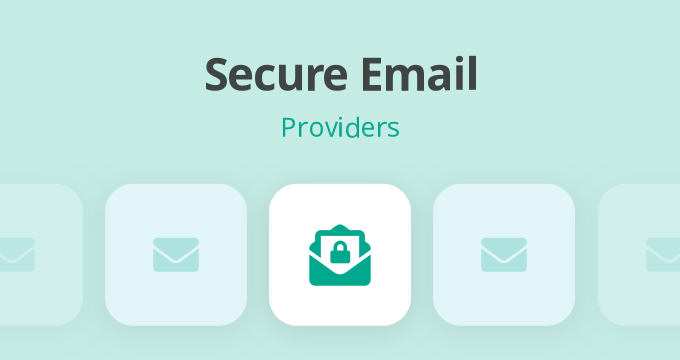Emails are an essential part of our work routine, and by now you have probably sent hundreds, if not thousands of emails to your clients, colleagues, or business partners. However, most of us spend little or no time at all thinking about how emails actually work.
Our main focus tends to be on the content of the email itself, and once we cross our t’s and dot our i’s, we are all set to click the send button.
In reality, sending and receiving an email isn’t as simple as it seems at first glance. There are multiple components necessary for an email to get from one destination to another, and one of the most important of these components is the email server platform.
If you’re curious to learn more about emails, we’re here to take a closer look at email server software — what it is, how it works, and more.
What Is a Mail Server?
A mail server, also referred to as an email server, is essentially a computer system that sends and receives emails. Every email that is sent has to pass through a series of mail servers on the way to its intended recipient. As much as this process seems instant and simple, the reality is that a series of complex transfers take place in the process.
The reason why mail servers work is due to standard email protocols — these are a set of networking-software rules that allow computers to connect to networks everywhere so you may send emails, shop online, and browse the internet freely. The most commonly used protocols are SMTP, IMAP, and POP3 (we will elaborate on these in a moment).
Sent emails can be accessed using a mail server in two ways: via a cloud-based email service or an on-premises email client. What are the differences?
Email service – also known as webmail – is a platform via which we send and receive emails using a web-based interface and a web browser; some of the most famous examples of these email services are Gmail and Yahoo.
Email client – is a software that we install on our computer and we send or receive emails through an interface provided by that client’s software; some of the most notable examples of email client software are Outlook and Thunderbird.
How Does Email Server Software Work?
Previously we have stated that an email server program works using a set of networking-software rules that are referred to as standard email protocols (SMTP, IMAP, and POP3).
Let us take a closer look at what these protocols are:
- Simple Mail Transfer Protocol (SMTP) is an application that is used to send, receive, and relay outgoing emails between senders and receivers. When an email is sent, SMTP is used to transfer it from one server to another. Simply put, an SMTP email is just an email sent using the SMTP server.
- Internet Message Access Protocol (IMAP) allows easy access to your email wherever you are, from any device. When you’re reading an email message using IMAP, you aren’t actually downloading or storing it on your computer; instead, you’re reading it from the email service. Therefore, you can check your email from different devices, anywhere in the world – your phone, a computer, etc. IMAP only downloads messages when you click on them, and attachments aren’t automatically downloaded.
- Post Office Protocol (POP3) works by contacting your email service and downloading all of your new messages from it. Once the messages are downloaded onto your computer, they are deleted from the email service. In other words, once the email is downloaded, it can only be accessed from the same computer. If you tried to access your email from a different device, the messages that have previously been downloaded wouldn’t be available to you. To put it shortly, this means that sent mail is stored locally on your device, and not on the email server. Many Internet Service Providers (ISPs) will give you email accounts that use POP.
Should You Host Your Own Email Server?
Whether you have a large business or a small one, you can decide between self-hosting or outsourcing hosting to a third-party provider.
With third-party hosting, servers are rented to businesses by a hosting provider (a company that owns multiple mail servers). These hosting providers take complete responsibility for managing and maintaining their servers, which is one of the reasons why they are so popular. The other reason is that they are affordable. Additional features of paid hosting services include spam filtering, online storage, email backup, etc.
Naturally, multiple free hosting services for custom domains could be found on the market. Unfortunately, just like with many free things, there are downsides. Most of these free hosting services are typically ad-heavy and lack much of the functionality that paid services offer. Some of the biggest security risks that third-party hosting poses are potential security breaches.
These breaches can happen due to the fact that you don’t have direct control over the email servers, which is why it is very important to pay close attention to data security while choosing a third-party hosting service.
With self-hosting, you are owning and operating your own internal mail server where you will be storing your mail. This allows you to avoid many of the issues found in third-party hosting, such as privacy, security, and control over the email servers.
However, self-hosting doesn’t come without a cost. One of the reasons why this type of hosting is expensive is the necessary infrastructure needed for it to operate, as well as the staff required to perform routine maintenance. In addition, as your business grows over time, you will need to add more servers to accommodate your email hosting needs.
Both of the aforementioned options have their pros and cons, and you should base your decision on the specific needs of your business as well as the resources that you have at your disposal.
Choosing the Right Email Server Software
If you’ve decided to host your own email server software, you should do your due diligence and thorough research to decide what the optimal solution for your company is. Here are some useful questions you can use to better filter your research:
- Do I need an on-premise or a cloud-based solution?
- How complex is it to manage this platform?
- Is adding new users and managing/changing existing ones user-friendly?
- Is setting up a user’s preferred email client a simple task?
- Does the platform offer the webmail feature?
- Are there any other useful features available?
- Is email archiving included in the solution, and if it is not, can it be easily integrated?
Your end decision should be based solely on the requirements of your organization, your resources, and your IT infrastructure, and keep in mind that as long as you are well informed, there really are no “bad” choices.
Using Email Archiving to Improve Your Email Server Software Performance
Using email archiving solutions can help you mitigate the issues that cause your email server to slow down and have sub-par performance, like accumulating documents, images, spreadsheets, presentations and other data. These solutions do so by storing email-based data (attachments, attachment copies, PST files etc.) on a dedicated and secure archiving destination instead of keeping it within on your email server.
Companies that find the optimal email archiving solution and implement it properly within their infrastructure, are able to reduce their data archiving costs. They are capable of automating the process of email capturing (for both incoming and outgoing emails) and do so in real time, while these solutions also help them store emails, index email-based content, and so on. All this enables your email server to always operate at an optimal performance level.
If you are looking for a robust email archiving solution and need more information on what email server or archiving platform is the right one for you, reach out to Jatheon’s email archiving experts and see our solutions in action.
Read Next:10 Microsoft Outlook Alternatives to Try in 2024 Secure Email Providers – Everything You Need to Know Top 5 Email Archiving Software Features (for 2024 and beyond) |











